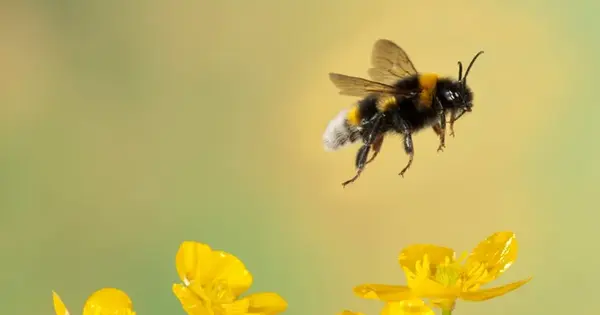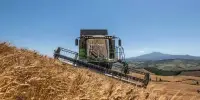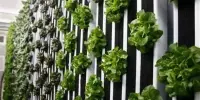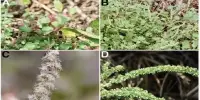Researchers believe that satellites and drones can provide critical information to help safeguard pollinators. According to a new study, new ways of employing these technologies to assess the availability of flowers might be paired with behavioral studies to see the world through the eyes of insects.
Flowers available to insects vary from day to day and location to location, and human activity is modifying landscapes in ways that influence all pollinators. These vital creatures migrate from plant to plant in quest of protein-rich pollen or high-energy nectar to eat. They are sprinkled with pollen as they migrate from blossom to flower, fertilizing the plant and allowing it to reproduce and generate seeds, berries, fruits, and other plant foods that constitute the base of the food chain for other species, including humans.
Bees are the most significant pollinators, but over 100,000 invertebrates, including butterflies, moths, wasps, flies, and beetles, as well as over 1,000 mammals, birds, reptiles, and amphibians, pollinate.
Bees are among the most tireless workers on the planet. However, honeybee colonies are dropping so rapidly in many regions of the world that even the United Nations is concerned. Bees and other insects pollinate almost two-thirds of the crops that feed the globe. Without them, we’d be facing an agricultural apocalypse. And this is precisely what a University of Maryland professor hopes to avoid – with the assistance of a swarm of tiny drones.
Drones can now provide exquisite details of a landscape on the scale of individual flowers and by integrating this with satellite imagery, we can learn about the food accessible to pollinators across a vast area.
Dunia Gonzales
The University of Exeter study team hopes that their strategy, which is backed by the South Devon Area of Outstanding Natural Beauty (AONB), will help us understand these changes and lead to improved conservation.
“Recent advancements in drone and satellite technologies have created new options,” said main author Dunia Gonzales of the University of Exeter’s Centre for Research in Animal Behaviour.
“Drones can now provide exquisite details of a landscape on the scale of individual flowers and by integrating this with satellite imagery, we can learn about the food accessible to pollinators across a vast area. Along with behavioral studies of insects, this will help us understand the risks they face and how to build conservation programs.”
“With some pollinator species in decline, including many wild bees, we urgently need this understanding to protect not just pollinators in general but also the great diversity of species that each play vital roles in complex ecosystems.”
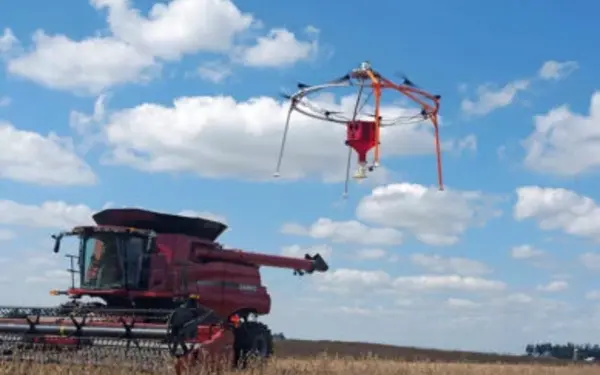
Pollinators give a variety of benefits (known as ecosystem services) to people, including by pollinating food crops. However, much about their behavior and habitats – as well as the consequences of human-caused climate and habitat change – is unclear.
“Up until now, most satellite research has focused on large-scale agricultural landscapes such as oilseed rape, maize, and almond plantations,” Gonzales explained.
“We emphasize the importance of studying landscapes with diverse plant and pollinator groups. These vary by location, and combining satellites and drones is a smart method to learn about these regional differences. Because the South Devon AONB comprises numerous smaller fields, microhabitats, and traditional Devon hedgerows, effective conservation techniques may differ from those that would work elsewhere.”
These pollinator drones use “active perception” rather than LiDAR or other techniques that larger drones might use. That is, they are constantly moving, much like busy bees, in order to obtain a better awareness of their surroundings. This allows the drones to collect data about their surroundings and navigate autonomously.
These pollination drones, which have two onboard cameras that provide 360-degree view, can also be utilized for functions other than pollinating crops. Inspecting bridges for cracks and other faults, for example, or assisting in search-and-rescue efforts by self-navigating through wreckage and broken windows to find trapped persons.
The South West Biosciences Doctoral Training Partnership of the Biotechnology and Biological Sciences Research Council (BBSRC) is funding Gonzales’ research.
